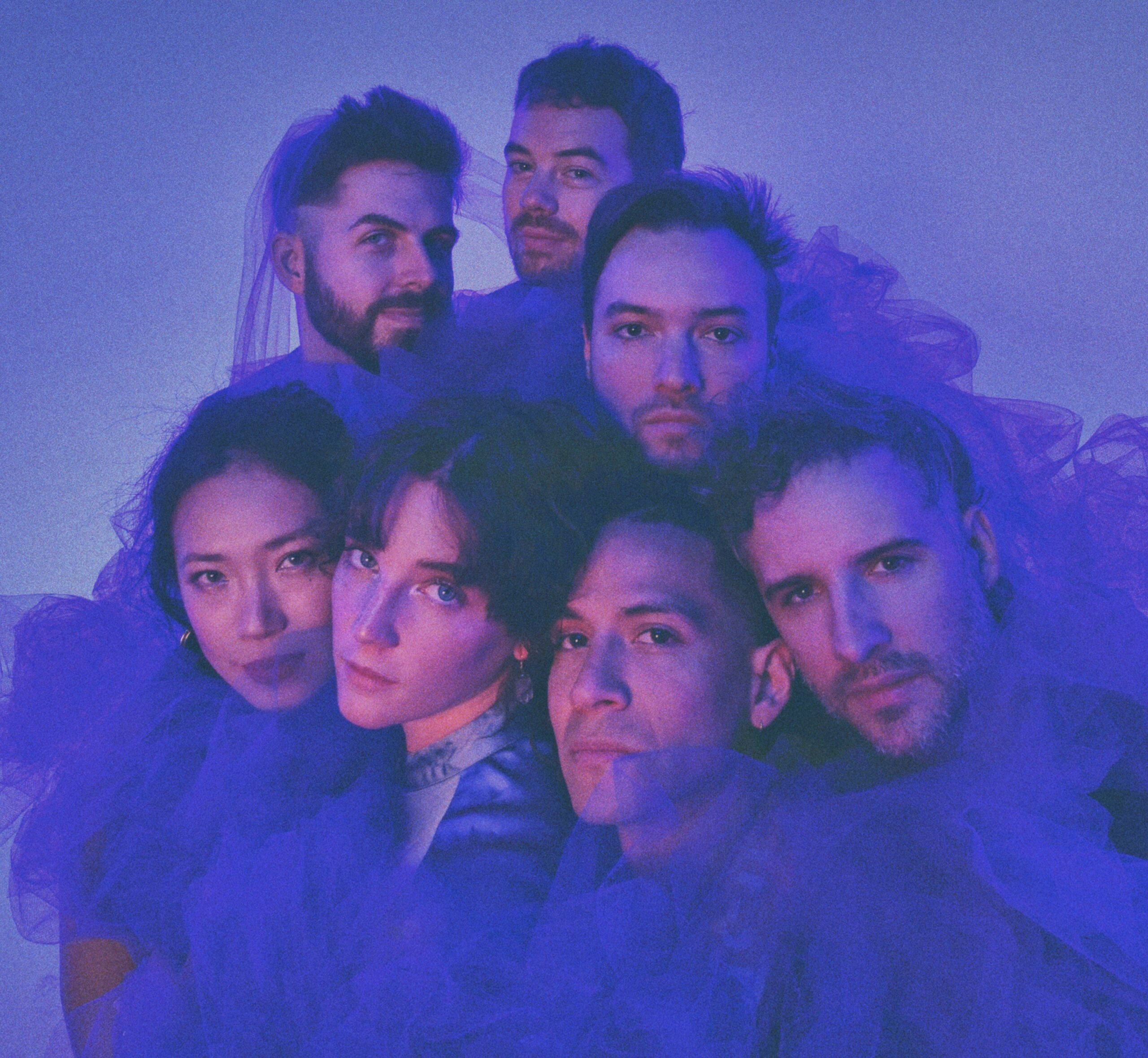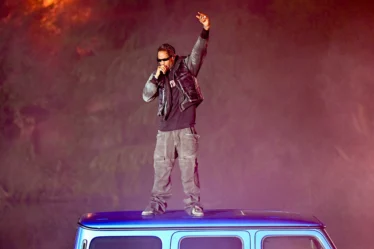
Photo Courtesy of Shervin Lainez
By: Sarah Tobias
Sammy Rae & The Friends are influenced by a myriad of artists and genres of the past because they simultaneously step into a blend of music and a new place in musical history with their innovation and experimentation. When searching the band’s genre on Google, the most common answer is: “alternative/indie jazz/rock.” By this definition, one can already note the band’s expansive musical tendencies.
However, as said on their website, their musical aims and how they want their work to be received are even more complex. “From world to jazz to funk, folk and rock, we’ve got all the bases covered,” their website reads. The band is widely known for their creation of accepting and category-defying environments, with recurrent phrases such as “We don’t have fans, we have Friends,” “hangs” instead of gigs, and “no genres, only friendship” (Sammy Rae). The band’s mantra only further pushes the cultural idea of acceptance, as it states, “Go put a smile on somebody’s face, go tell somebody they’ve got a place in this world, go tell somebody you wanna be friends with them.” Sammy Rae & The Friends certainly succeed in conveying these values through their music and to their audiences during performances.
Sammy Rae & The Friends use elements of jazz, rock, and more in their music, and these genres greatly contribute to their sound as a whole. These genres’ relationships with audiences throughout history have certainly changed, but their purposes carry some inherent implications. The band’s jazz elements are most reminiscent of swinging big band jazz, which dominated the early 1940s. During World War II, big band jazz was in part created as a musical outlet to which individuals could dance and forget the troubles of the world–a goal shared by The Friends. At its core, big band jazz is made to be dance music, and Sammy Rae & The Friends certainly did not lose this element of jazz history in their music.
At the concert, nearly everyone was dancing as they pleased, as the rhythm moved you to do so. Additionally, the use of syncopation and reeds, which is imminent in swing, is used in most songs by The Friends. During the concert, saxophonist Kellon Anderson had many powerful solos (as Duke Ellington included in many of his own swing pieces). In the 1950s when rock began to emerge and rapidly develop, overshadowing jazz, an emphasis on rebellion and rhythm took charge in this quickly-spreading genre. The Friends’ drummer C-Bass certainly took charge of the rhythm and strong meter with some march-like solos, which caught listeners in many songs and pulled you forward with the energy of the band.
Beyond being a spectacular performer, I’ve had the pleasure of meeting C-Bass several times, and he is a pure delight. Furthermore, the band’s freedom to embrace all, and more importantly themselves as they are, is still certainly (and unfortunately) considered rebellious in our society–a prominent aspect of rock music.
By using these techniques from past genres, the band transmits cultural values of rebellion, acceptance, and freedom from the world’s troubles through their music.
Audience members of Sammy Rae & The Friends are encouraged to “Raise your voice, wear your funky clothes, and dance how you like,” a recommendation that would be mirrored mainly in different genres of jazz and types of rock. It is this mutual relationship that they create between themselves and their fans (friends) that characterize their performances. In contrast to our knowledge of 19th-century concert halls and opera houses where audiences would enter concerts with distrust and hostility while the composer resented their dependence on the audience, Sammy Rae & The Friends encourage the audience to see themselves as friends to the band, rather than fans or those who are “less-than.” Their music is also in opposition to Berg’s ideals in the early 1900s, wherein he believed that performances should not be directed toward audience approval.
The aim to create a mutual relationship with the audience was evident in Sammy’s speaking to us with gratitude throughout the set, demonstrating their goal for band-audience dynamics even further when the whole band moved to the center of Terminal 5 surrounded by the audience. To bring the audience even closer into their artistry, they requested that we sing and repeat a phrase over the instrumentation while Sammy sang the melody to the song. This band’s creative, inclusive, and experimental endeavors certainly characterize their concert experiences and the audiences that they attract.



